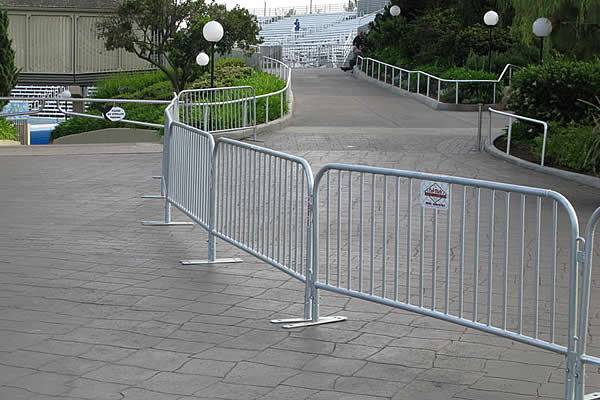 TEL:
+86-13102802206
TEL:
+86-13102802206
 Email:
fencenetting@china.com
Email:
fencenetting@china.com
 Language
Language
 TEL:
+86-13102802206
TEL:
+86-13102802206
 Email:
fencenetting@china.com
Email:
fencenetting@china.com
 Language
Language


The Importance of Stainless Steel Welding Wire in Modern Fabrication
Stainless steel has become a cornerstone of modern fabrication and manufacturing processes, thanks to its robustness, corrosion resistance, and aesthetic appeal. At the heart of creating stainless steel structures and components lies a vital element stainless steel welding wire. This article explores the significance of stainless steel welding wire, its types, applications, and the factors to consider when selecting the right welding wire for specific projects.
What is Stainless Steel Welding Wire?
Stainless steel welding wire is a type of filler material used in various welding processes to join stainless steel parts together. It comes in different forms, such as solid wire, flux-cored wire, and metal-cored wire, each offering unique benefits depending on the welding technique employed. The composition of stainless steel welding wire typically includes elements such as chromium, nickel, and molybdenum, which contribute to its strength and resistance to oxidation and corrosion.
Types of Stainless Steel Welding Wire
1. Solid Wire This is the most commonly used type of stainless steel welding wire. It is available in various diameters and suits processes like Metal Inert Gas (MIG) welding. Solid wire provides consistent feed and a smooth weld bead, making it appropriate for various applications, including fabricating structural components and automotive parts.
2. Flux-Cored Wire This type of wire contains a core of flux that helps produce a shielding gas during the welding process, which protects the weld pool from contamination. Flux-cored wire is particularly beneficial when working in windy environments or for outdoor applications, as it provides excellent penetration and reduced spatter.
3. Metal-Cored Wire Metal-cored wire combines characteristics of both solid and flux-cored wires. It provides high deposition rates and superior arc stability, making it ideal for thick materials and industrial applications. This type of wire is suitable for both DC and AC welding processes, enhancing versatility in fabrication projects.
Applications of Stainless Steel Welding Wire
Stainless steel welding wire is used in various industries, including
- Construction In the construction sector, stainless steel welding wire is crucial for joining structural components, reinforcing bars, and other elements in buildings and infrastructures that require strength and durability
.
- Food and Beverage The food industry demands stringent hygiene standards, making stainless steel the material of choice for equipment and surfaces. The use of stainless steel welding wire ensures that welds are smooth, reducing bacteria accumulation and facilitating easier cleaning.
- Oil and Gas The oil and gas sector often operates in corrosive environments, necessitating the use of stainless steel. Welding wire designed for high-strength applications is employed to join pipes, tanks, and other equipment, ensuring reliability and safety.
- Automotive The automotive industry uses stainless steel for exhaust systems due to its ability to withstand high temperatures and resist corrosion. The welding wire used in this application must exhibit strong mechanical properties and excellent weldability for effective performance.
Factors to Consider When Choosing Stainless Steel Welding Wire
Selecting the right stainless steel welding wire requires consideration of several factors
1. Base Material The composition of the base material significantly influences the choice of welding wire. It is crucial to match the wire to the specific grade of stainless steel to ensure compatibility and improve corrosion resistance.
2. Welding Process Different welding processes have unique requirements. For instance, MIG welding may require solid wire, while FCAW could be better suited for flux-cored wire. Understanding the welding process is essential to select the appropriate wire.
3. Position and Thickness The position of the weld (flat, horizontal, vertical, or overhead) and the thickness of the materials being joined will affect the type of wire needed and the welding technique employed.
4. Environmental Conditions Factors such as wind, moisture, and temperature can influence the welding process. For outdoor jobs or environments with challenging conditions, using flux-cored wire may be advantageous.
Conclusion
In summary, stainless steel welding wire plays a critical role in the fabrication and manufacturing of stainless steel components across various industries. Understanding the different types of welding wire, their applications, and the key considerations for selection ensures that weld quality and integrity are maintained. As industries continue to evolve, the demand for high-quality stainless steel welding wire will continue to grow, reinforcing its importance in modern fabrication processes.